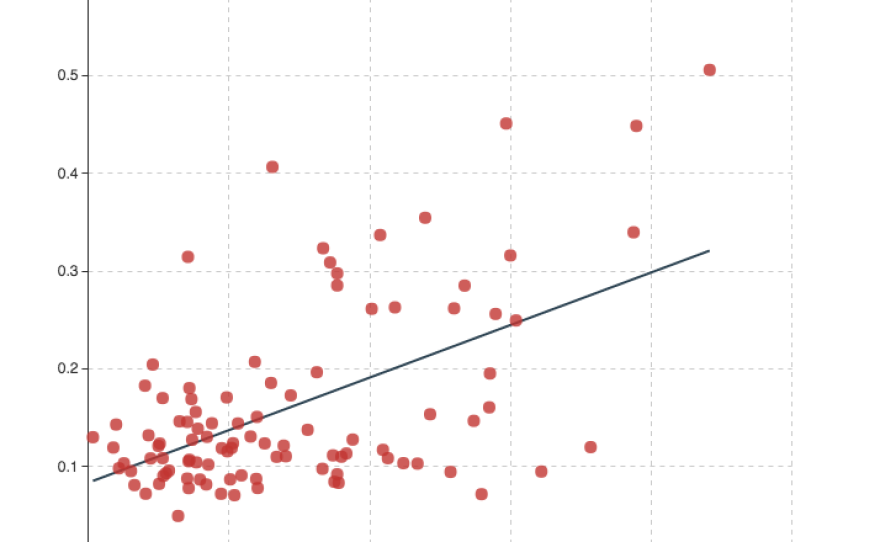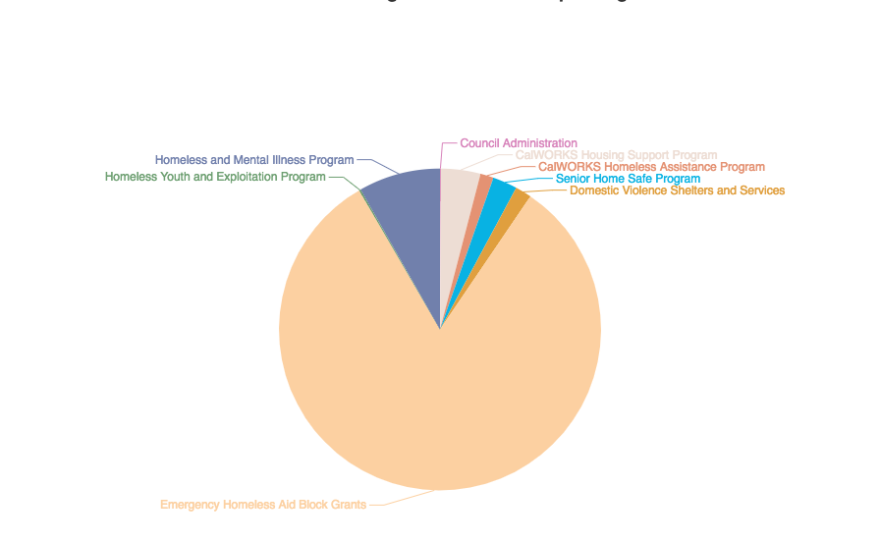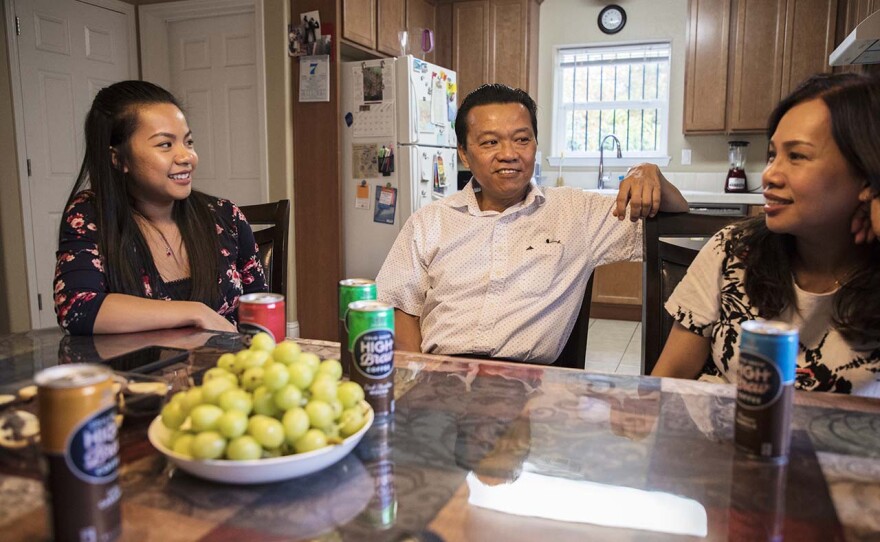Over 134,000 Californians now face homelessness on any given night. Recent research conducted at UCLA found that there is a correlation between high cost of living and homelessness rates. As rents continue to rise, millions of low-income Californians struggle to meet ends meet, and many live on the edge of homelessness.
Income Has Not Kept Up With Rising Rents
Although housing prices have increased steadily, the median household income has not kept up for homeowners or renters. The median monthly housing costs of homeowners with mortgages in California is 47 percent higher than the national average. California renters pay 40 percent more than the national mean, yet the state’s median household income is only 18 percent higher than the nation’s average, according to the Public Policy Institute of California.

California Families Struggle To Find Homes As Housing Cost Burdens Remain High
The Nguyen family struggled to pay their rent for about four years after immigrating from Vietnam in 2008. The family bounced around from Los Angeles to San Jose to Milpitas, separating at times because of housing costs. They eventually managed to secure permanent housing in Sacramento through Habitat for Humanity. Listen to their story.
"When we lived in an apartment, every year the price would increase."

Low-Income Californians Are Severely Housing Cost Burdened
Californian renters who earn less than the state’s median income have been especially hurt by the housing crisis. Over half of the state’s renters pay 30 percent or more of their income toward housing. More than 25 percent of renters are severely cost burdened, paying 50 percent or more of their income in rent. Meanwhile, two-thirds of extremely low-income Californians suffer severe cost burdens, according to the California Budget & Policy Center.

Housing Costs Drive Up Homelessness Rates
Housing prices have skyrocketed in California partly because there is a major shortage of homes within the state. Although California needs to build 180,000 additional units of housing annually to keep up with projected household growth, the state has averaged less than half of that over the past decade. Due to this shortage, California’s homeownership rate has declined to its lowest rate since the 1940s. Today, 54.1 percent of Californians own their homes.
“A state with higher housing costs, higher rental costs, and lower household income has a higher homelessness rate,” said William Yu, an economics professor at UCLA.
Yu’s research found that median household income, housing supply growth, and population density are also factors in predicting a state's homelessness rate.
As Rents Continue To Increase, Families Fight For Housing Security
As a teen, Miriam Rodriguez faced homelessness after immigrating from Mexico to reunite with her mother. During this time, she attended high school while living in a garage in Los Angeles. Today, she is an advocate with the Residents United Network of Housing California and a mother of three. Her family is currently struggling to find affordable housing in San Diego.
“One of the things I share with my daughters is to see that we might be struggling, but it’s important to remember that other families are going through worse,” Rodriguez said. “Sometimes as we’re walking to school, we see that other families are living in cars in San Diego. This is an area where I could never imagine seeing that happening.”
Dreams for Change, a San Diego nonprofit that assists homeless individuals, estimates that about 1,000 people in the county live in cars.

Homelessness Is On The Rise
California alone accounts for 25 percent of the nation’s homeless population, at 134,000 on a given night. The majority of California’s unsheltered homeless population is chronically homeless, meaning that they have been homeless for a year or more or have experienced at least four episodes of homelessness in the past three years. Individuals experiencing chronic homelessness often have serious mental or physical illnesses.
According to the U.S. Department of Housing and Urban Development, in 2017 26 percent of California’s total homeless population suffered from mental illness, while 18 percent struggled with substance abuse, and 24 percent identified as victims of domestic violence.

California Has The Most Unsheltered Homeless Individuals In The Country
The state has the highest percentage of unsheltered homeless individuals in the country, at slightly under 70 percent, according to data from the U.S. Department of Housing and Urban Development. This means that the vast majority of the state’s homeless population is not living in emergency shelters or transitional housing. Instead, they are living on the street or in a place “not meant for human habitation."

Increase In State Homelessness And Housing Affordability Spending
The 2018 state budget has set aside nearly $5 billion to address housing affordability and homelessness. More than $600 million was allotted to specific homelessness response programs, which include plans to establish permanent housing, provide support for mental health services, and assist homeless youth and victims of domestic violence.





